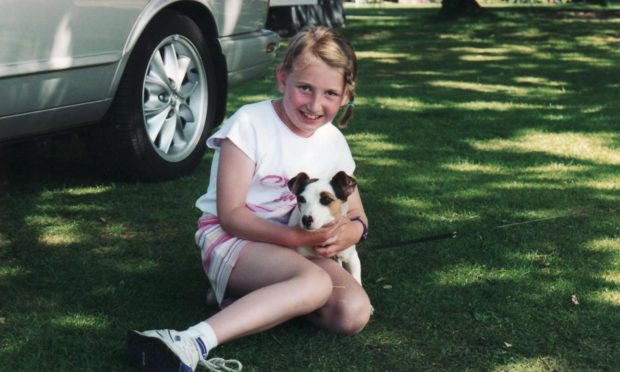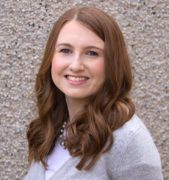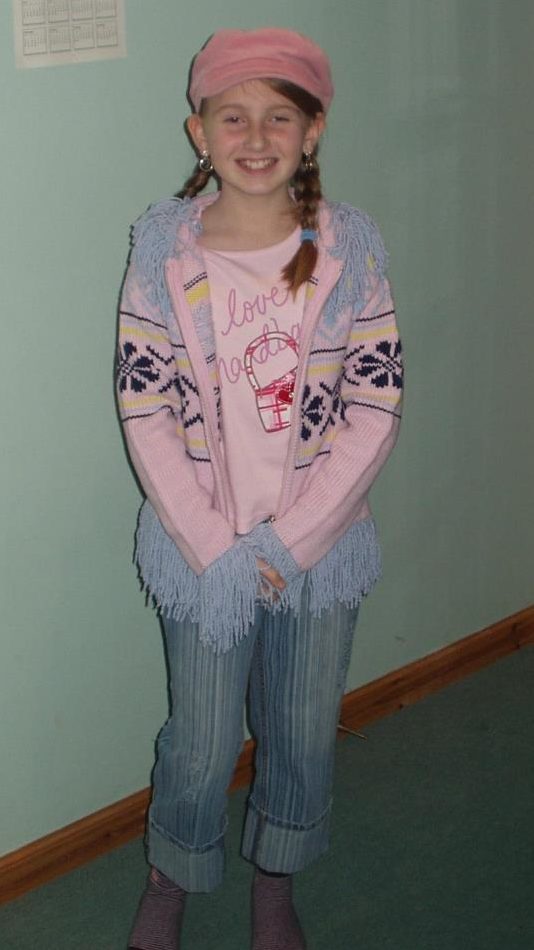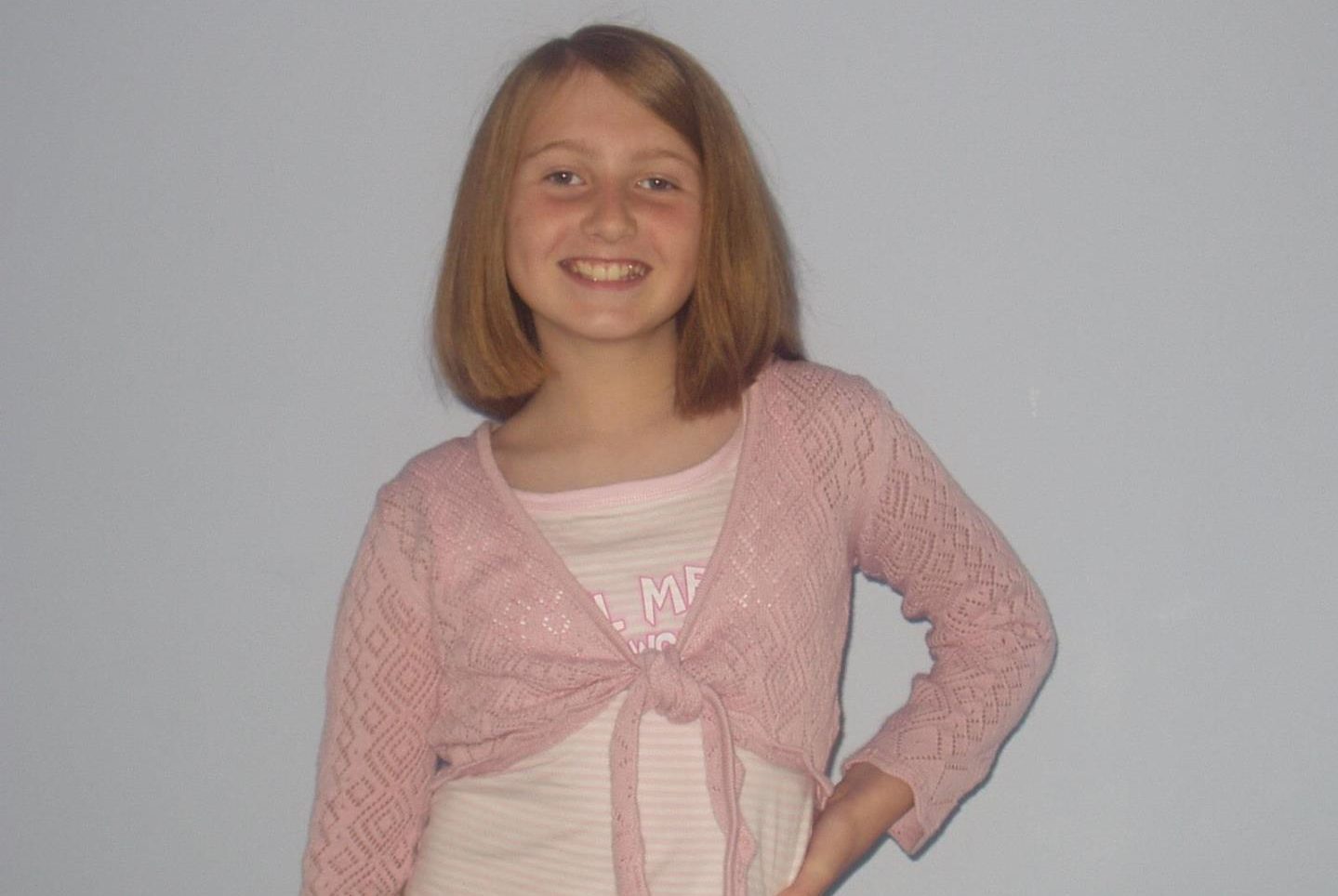We are living in a world that constantly invalidates people who stray from society’s norm.
From a young age I always knew I was different; for a while I just didn’t have an “official” label that helped me understand why I processed the world differently to my peers. Although that didn’t stop the impatient and unkind slapping on some less helpful ones.
The bullying in childhood was relentless, yet every hateful word thrown my way shocked me because I couldn’t fathom why I was the target. I was a nice person, wasn’t I?
On the inside, I felt different, I just didn’t realise it was so blatantly obvious externally. I was highly sensitive to my surroundings – LED lights felt blinding, unexpected loud noises sounded like a gunshot and crowds made me dizzy – so even the shortest of outings felt like a trek. Facial expressions and tone of voice provoked nothing other than confusion, and I often mistook sarcasm for sincerity.
Nothing in life felt straightforward, so I was drawn to things with rules and order. While my family would describe me as thoughtful, diligent and kind, my peers would use words such as “intense” and “goody-goody”.
I tried to hide who I really was so I would be liked
Despite my differences, there has always been one similarity to the people in my life: my craving for human interaction. Like any other person – any other social being – I need human connection. So, every time I was mocked for simply being me, I learned to camouflage the traits that were deemed unlikeable.
I felt like a failure. Instead of the teachers asking themselves: ‘What can we do to help?’, I was constantly asking myself: ‘How can I be normal?’
While my sense of self blurred, I faced even bigger challenges with schoolwork. Any piece of work presented to me had to compete with the orchestra of overlapping thoughts in my mind. Letters and numbers appeared to dance around the page, and words never sounded the way I expected them to. Verbal instructions were often misheard.
I always persisted and completed any task set – I was a goody-goody after all – but often that meant piles upon piles of homework. Any time my parents visited the school to request extra support, we were turned away. Apparently, I was too clever to qualify for support, but teachers deemed me not clever enough to be given the opportunity to excel in school.
Yet again, I felt like a failure. Instead of the teachers asking themselves: “What can we do to help?”, I was constantly asking myself: “How can I be normal?”
I wasn’t ‘bad’ or lesser – just different
By the time I reached secondary school age, my desire to be like everyone else had turned into an obsession with becoming the perfect human being. I set unrelenting and impossibly high standards for myself and had extreme fears of bad things happening or doing the wrong thing. I would later learn I had developed obsessive compulsive disorder (OCD).
Ironically, this debilitating condition put me on the path to happiness and acceptance.
Through treatment for my OCD, a psychologist finally delivered the answer my parents and I had been searching for: I was diagnosed autistic.
I wasn’t a failed version of “normal” after all – I was simply different. Not bad, not lesser; different.
I discovered everything about me is influenced by my autism, from how I express myself and interact with others, to the way I process information and make sense of the world. It is who I am.
I gave myself permission to be me
I finally gave myself permission to be myself and deep dive into my newfound neurodiversity. Through this self-exploration, I uncovered unique traits that I would learn to love: my ability to hyperfocus – becoming wholly and completely immersed in a task for hours on end; always offering unwavering loyalty and unconditional respect, even when it isn’t mutual; absorbing everything in sight and seeing significance in the smallest of details.
Once I fully embraced these traits and stopped trying to be someone I am not, I discovered natural talents I had unconsciously hidden.
However, this diagnosis also opened me up to more judgement. There were a lot of misconceptions about autism in 2005, with many still lingering to this day.
Autism isn’t an illness with ‘symptoms’
Even now, if you type “autism” into a search engine, you’ll be met with websites describing autistic traits as “symptoms”, as if we’ve been diagnosed with an illness.
You might find articles contemplating a “cure” for autism, like we’ve contracted a devastating disease.
There will be suggested searches like: “Does autism worsen with age?”, “What is the mildest form of autism?” and: “Can an autistic child become normal?”
Each result is selling the idea that autism is bad, and that if you are “unlucky” enough to be diagnosed as autistic you should want to wish it away and be “normal”. So, it’s no wonder I was met with pity and awkward silences when I disclosed my autism.
As soon as I said the “A” word, it was as if any other sentence uttered was silenced by the stigma autism carried.
Autistic Pride Day celebrates neurodiversity
Thankfully, our world is becoming more inclusive. Autistic Pride Day on June 18 is dedicated to celebrating our wonderfully unique neurotype. It is our day to show the general public that we are proud of who we are.
Living in a world that constantly invalidates us for being different, I feel an immense sense of pride for letting go of society’s expectations and celebrating my neurodiversity, despite the challenges it can present.
Katie Forbes is a social media manager for The Press & Journal and founded website and Instagram account We Work With Autism, an online community run by and designed for autistic adults



